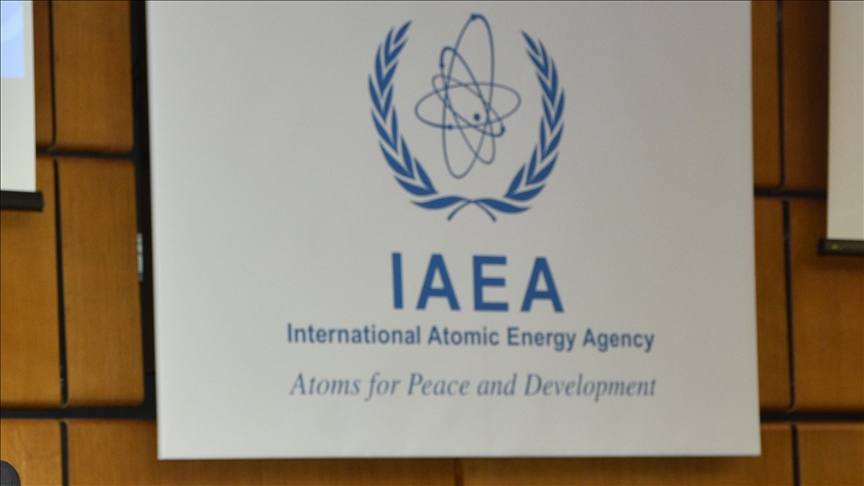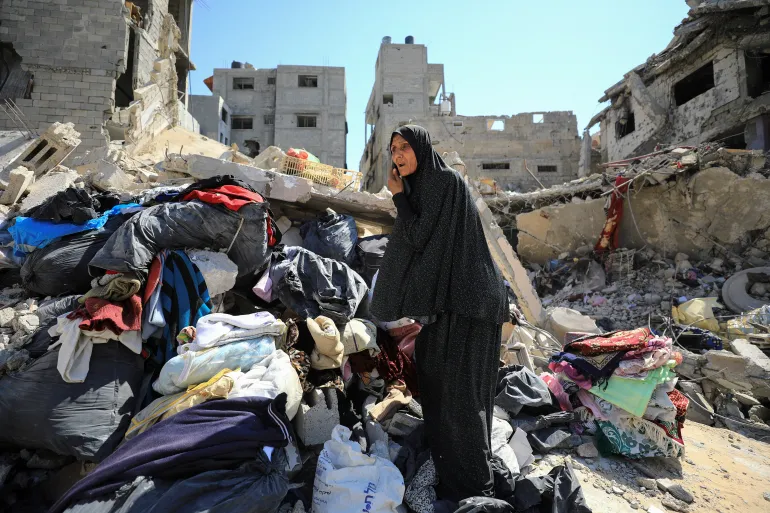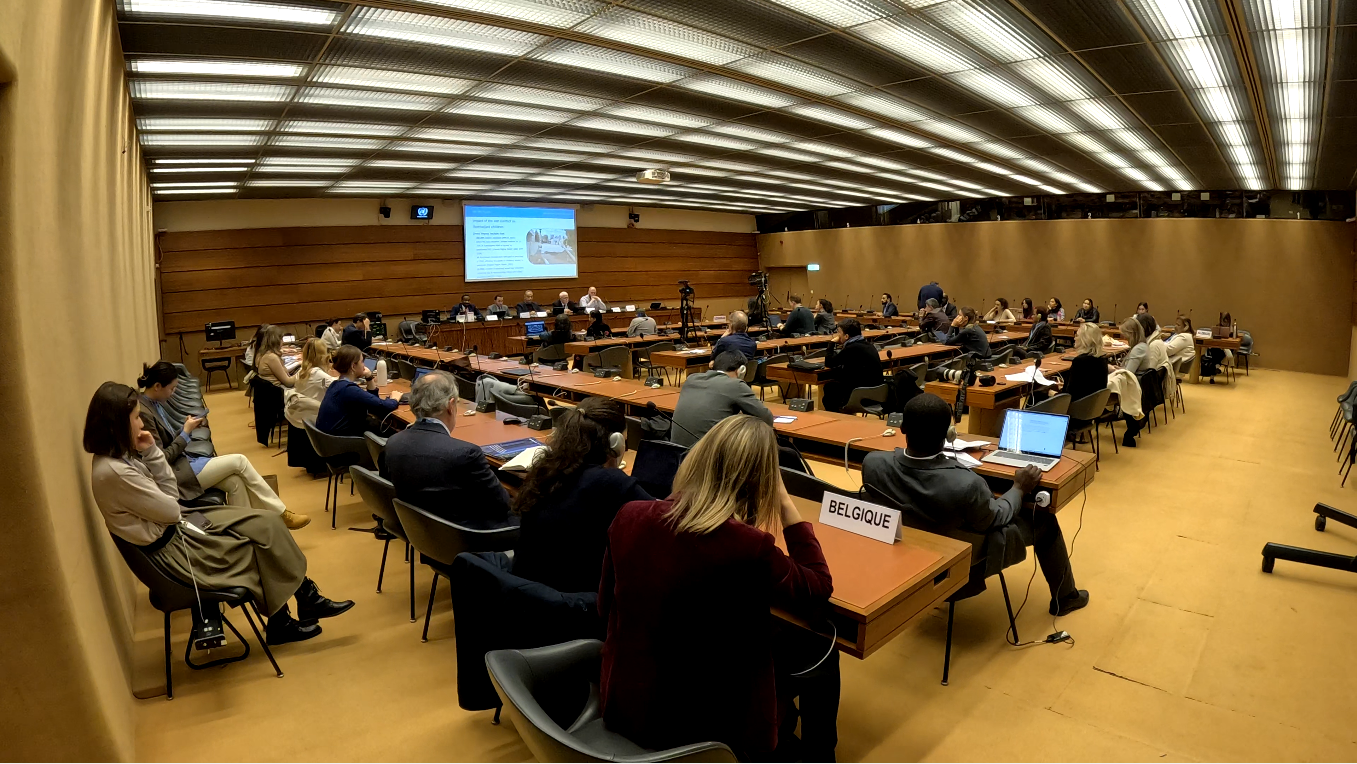The International Atomic Energy Agency (IAEA) has concluded a large-scale nuclear emergency response exercise involving over 75 countries and 10 international organizations.
Held over 36 hours, the ConvEx-3 (2025) simulation tested global readiness to respond to a major nuclear accident scenario at Romania’s Cernavoda Nuclear Power Plant, the agency said in a statement on Wednesday.
The exercise, which is organized every three to five years, involved a simulated release of radioactive material, triggering real-time coordination between participating states and organizations on public communication, cross-border protective measures, and medical response.
“The ConvEx-3 (2025) demonstrated the strength of international cooperation in nuclear emergency preparedness,” said Carlos Torres Vidal, director of the IAEA’s Incident and Emergency Centre.
“By working together in realistic scenarios, we enhance our collective ability to protect people and the environment.”
This year’s drill introduced several innovations, including regional coordination efforts between Bulgaria and Moldova to harmonize cross-border protective actions, integration of cybersecurity and physical protection challenges, and the use of a social media simulator to improve public communication strategies.
The IAEA also coordinated the deployment of international assistance missions through its Response and Assistance Network, with experts from Bulgaria, Canada, France, Lithuania, Moldova, Sweden, and the US participating in joint radiation monitoring operations.
The simulation aimed to strengthen international frameworks under the Convention on Early Notification of a Nuclear Accident and the Convention on Assistance in the Case of a Nuclear Accident or Radiological Emergency.









